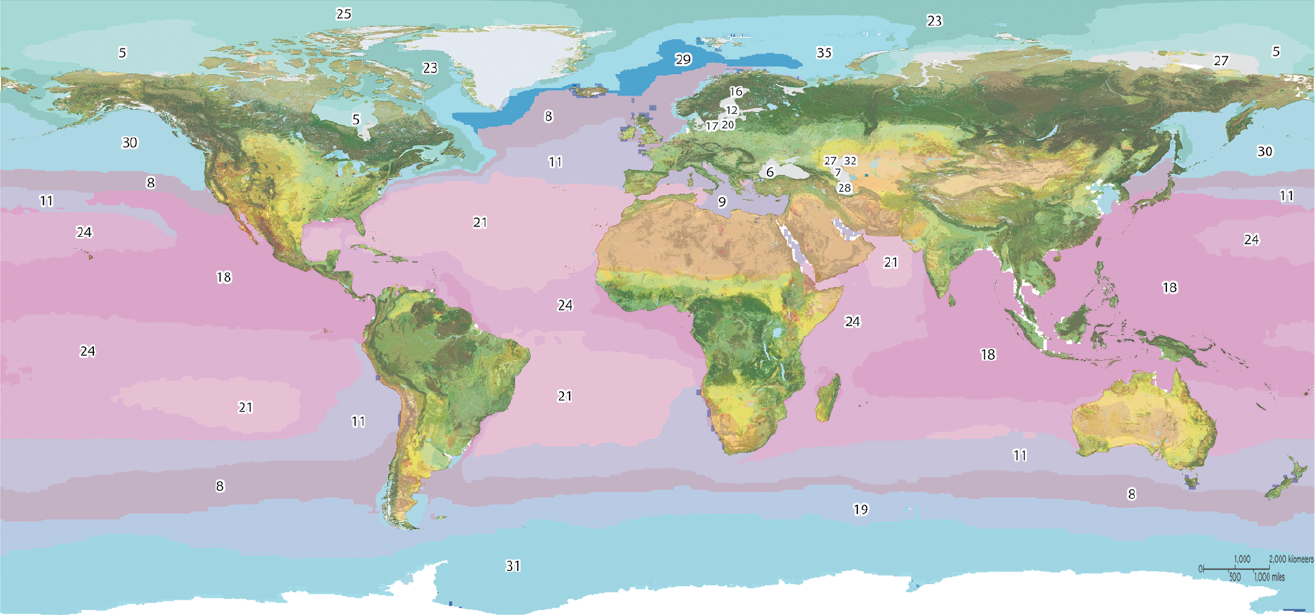GOBI partner CSIRO recently hosted a workshop in Helsinki aimed at developing statistical methods that underpin the identification of marine biogeographic units at a regional scale. Marine biogeographic units are areas of the ocean – encompassing either the seabed, the water column, or both – that share a common set of interdependent physical and biological attributes. Distinguishing between one biogeographic unit and another is challenging, as the natural world, and especially the ocean, rarely has clearly defined boundaries between elements that represent different communities or that perform different ecological processes. Instead, such units tend to merge one into the other on a continuum of ever-shifting subtle variations in three-dimensional space. Deciding whether or where to place boundaries between different biogeographical units on a two-dimensional map useful for managers is as much a philosophical dilemma as a practical one.
The workshop was attended by a diverse crowd of applied statisticians, ecologists, geographers and policy advisers from four continents, who made sure that the proposed methodologies were fit for purpose without compromising the validity or utility of their intended outputs. The consensus from their deliberations is intended to form the basis for a publication in the scientific literature, as well as providing the foundation on which to perform the biogeographic regionalisation of the western South Pacific and Indian Oceans.


